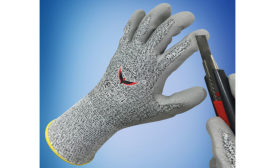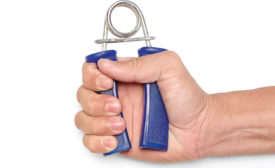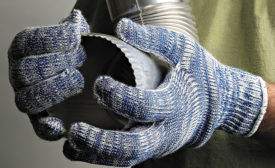Home » Keywords: » glove industry
Items Tagged with 'glove industry'
ARTICLES
Medical insights on hand injuries
Gloves mitigate the risks of crushes, pinching, blows & burns
December 4, 2018
Hand protection purchasing & usage
Exclusive CLEAReport by Clear Seas Research
October 8, 2018
Grip strength is important to safety – and your health
Don’t let your grip slip
November 20, 2017
Become a Leader in Safety Culture
Build your knowledge with ISHN, covering key safety, health and industrial hygiene news, products, and trends.
JOIN TODAYCopyright ©2025. All Rights Reserved BNP Media.
Design, CMS, Hosting & Web Development :: ePublishing











